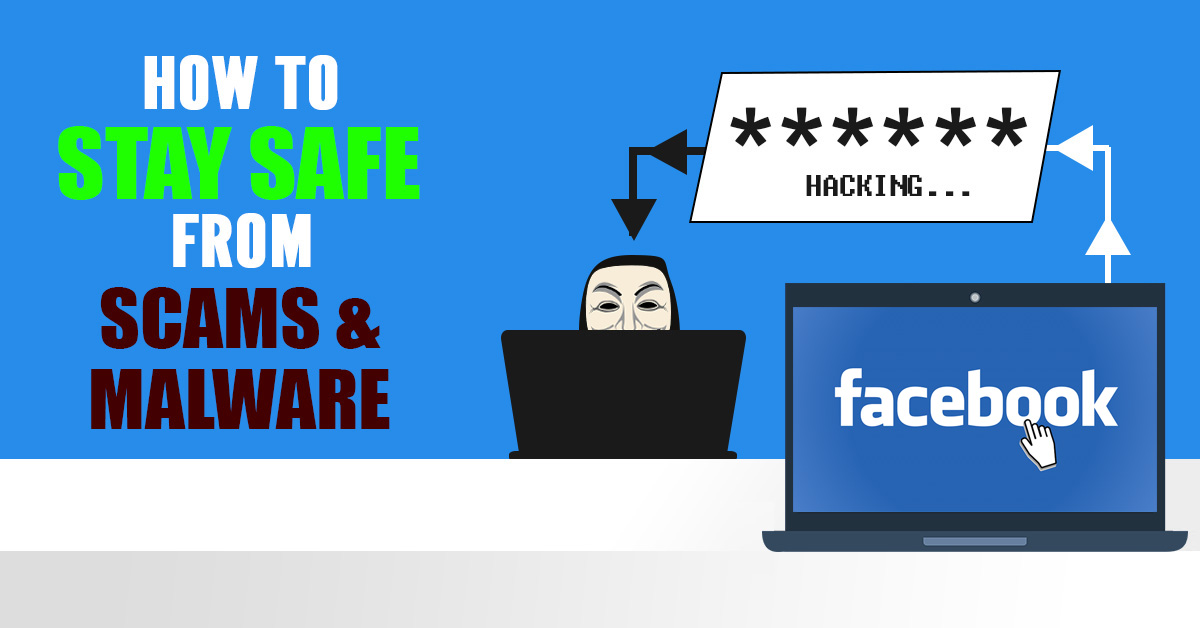
Have you recently received an email claiming to be from Norton informing you of an upcoming subscription renewal? Be cautious, as this could be a scam.
The “Norton Subscription Renewal Email Scam” is making the rounds. This article aims to inform you about what to look for and how to avoid it.
The Deceptive Email
The Norton Subscription Renewal Email Scam involves a fake invoice for antivirus renewal. Norton, a well-known antivirus brand, is being used as a disguise to trick users into believing they need to renew their subscription immediately. The scammers prey on the trust associated with the Norton brand to deceive their victims.
Recognizing the Scam
Several red flags can help you identify the Norton Subscription Renewal Email Scam. First, the price mentioned in the email is often exorbitant, and a sense of urgency is created by stating that the invoice must be paid within 24 hours. The email may also instruct you to call their billing department to cancel the subscription or request a refund for the amount that hasn’t actually been charged.
The Scam Unfolds
Once you call the provided number, the scam begins to unfold. The scammer on the other end of the line may request remote access to your computer, claiming they need to resolve the issue or process the refund. This is a major red flag, as legitimate companies such as Norton would never ask for remote access to your computer over the phone.
The scammer might then ask you to log into your bank account and note the current balance. They will then manipulate the code on the Web page to make it appear that they have refunded a larger amount of money than they were supposed to. They will demand that you repay the excess amount back to them, insisting that it was a mistake. Unfortunately, the initial refund never occurred, and by paying the difference back to the scammer, you have fallen victim to their scheme.
Protect Yourself
To protect yourself from falling victim to the Norton Subscription Renewal Email Scam, it’s important to remember a few key points:
- Be suspicious of unsolicited emails: If you receive an unexpected email regarding Norton subscription renewal or any other service, take the time to verify its authenticity before taking any action.
- Verify with trusted sources: If you are a Norton customer, contact Norton directly, either through their official website or customer support hotline, to confirm the legitimacy of the email and the renewal request.
- Never give remote access to your computer: Legitimate companies will never ask for remote access to your computer over the phone. If someone requests this, it’s a clear indication of a scam.
Reach Out for Help
If you have fallen victim to the Norton Subscription Renewal Email Scam or need cybersecurity assistance, we are here to help. Scammers may have planted malware on your computer when they had access. Call us today at (515)422-1995.
Remember, staying informed and cautious is the best defense against scams. Stay vigilant, question suspicious emails or phone calls, and seek professional assistance when needed. Together, we can protect ourselves and create a safer digital environment.

 Businesses around the world are being struck with a cyber-attack that sends victims a fake invoice that looks real enough to fool to most employees. It’s an old scam that used to see bills faxed or mailed in, but it’s made its way into the digital world and instances are on the rise.
Businesses around the world are being struck with a cyber-attack that sends victims a fake invoice that looks real enough to fool to most employees. It’s an old scam that used to see bills faxed or mailed in, but it’s made its way into the digital world and instances are on the rise. At last count, Facebook has clocked up over 2.7 billion users, which makes the platform more attractive than ever for scammers and hackers. While you may be logging in to share your latest family photos or catch up with friends, the chances of accidentally triggering a scam or malware are increasing daily. Here’s how to stay safe on Facebook and stop the spread.
At last count, Facebook has clocked up over 2.7 billion users, which makes the platform more attractive than ever for scammers and hackers. While you may be logging in to share your latest family photos or catch up with friends, the chances of accidentally triggering a scam or malware are increasing daily. Here’s how to stay safe on Facebook and stop the spread.
